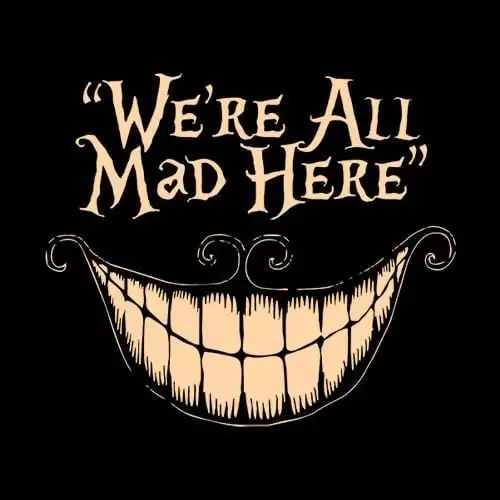- cross-posted to:
- [email protected]
- cross-posted to:
- [email protected]
Did you ever hear the tragedy of WebP The Efficient? I thought not. It’s not a story the GIF gang would tell you. It’s an image legend.
WebP was a new format of pictures, so efficient and so lightweight, it could use modern compression to influence the web pages to actually load faster…
It had such a knowledge of the user’s needs that it could even keep transparency and animations from dying.
The power of modern computing is a pathway to many abilities some consider to be unnatural.
It became so widespread… The only thing we had to be afraid of, was people insisting on using formats from the 90’s, which eventually, of course, they did.
Unfortunately, we didn’t teach the noobs everything we knew about compression, then the noobs killed the format by converting it to PNG and sharing that.
Ironic. We could save the web from being too slow, but not from the users.


Lack of good integrated support in Windows and Mac, as well as no native way to convert from webp means it is good when it is good, but infuriating when it is bad. If you just need something to work, you don’t want to fight with converting image formats, you just want to move on.
I supported the idea of webp, still do, but it’s 100% less widely supported on legacy software, and the OS does nothing to interpret for those software packages.
it’s a compressed image format you shouldn’t be converting between them
Conversion is better than useless. I was caught out by it recently. I was sent an image (for a product return). Unfortunately the upload process wouldn’t even see webp files.
Obviously, the best solution is to extend support as widely as possible as quickly as possible. As an interim we also need to be able to use those files, despite the target software not supporting them.
I should be able to convert whatever I want.